Plantations aren't the only destinations tied to slavery: What to know before visiting
- Oops!Something went wrong.Please try again later.
Throughout the South, people can visit plantations and other destinations tied to slavery, but the connections aren’t always clear. They can be in surprising places and look nothing like expected.
“The most important thing for people to remember in much of the eastern seaboard of the United States and in much of the South is that enslaved people – literal captives forced to work under coercion, violence, and torture – contributed to the construction and functioning of more spaces than we regularly discuss,” Laura Rosanne Adderly, an associate professor of History at Tulane University, told USA TODAY. Her specialties include the history of the African diaspora and Black enslavement. “Enslaved people and the fruit of their suffering, the fruit of their literally stolen labor are all over the landscape in the United States and the rest of the Americas.”
Here’s what people visiting these spaces should know.
Plantations as destinations
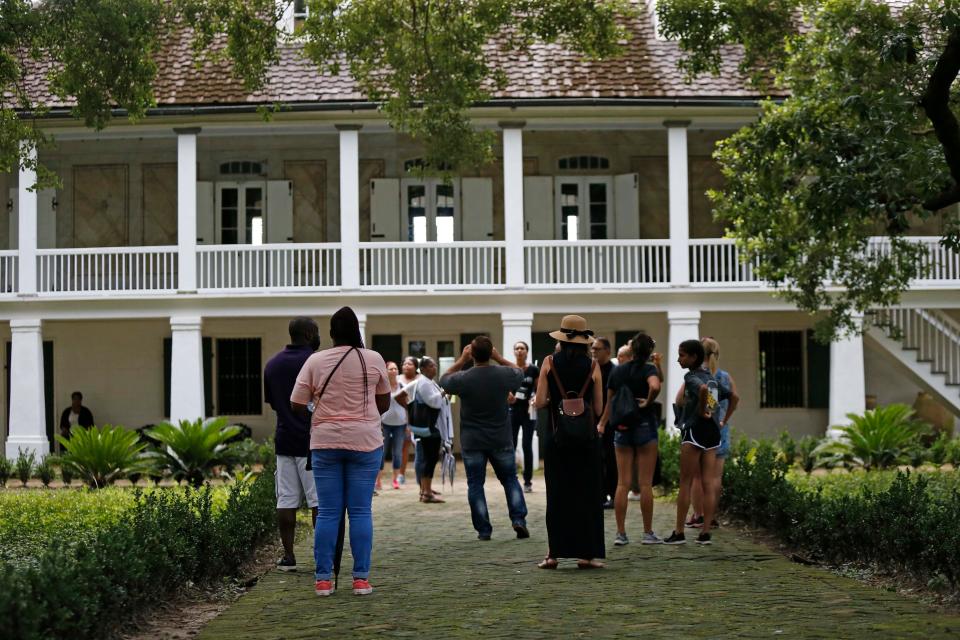
Sprawling Southern plantations have long attracted visitors with their stately mansions and carefully manicured gardens.
“When you're going through those massive houses and looking at the opulence, just think about what it meant for that to exist at that point in time,” urged Minkah Makalani, director of the Center for Africana Studies and associate professor of History at Johns Hopkins University.
“These were actual sites of enslavement and all the evil and violence that came with it,” he said.
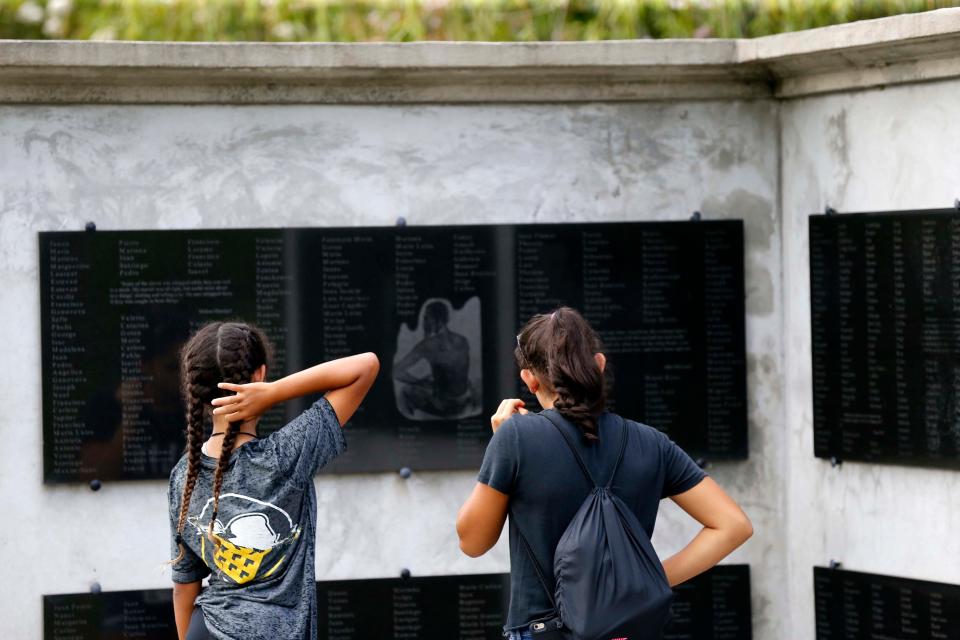
But not every plantation tour centers those experiences. Some former plantations also lean into their lush ambiance, doubling as bed and breakfasts and event venues.
In 2020, Blake Lively and Ryan Reynolds apologized for holding their 2012 wedding at a former plantation in South Carolina. The couple also donated $200,000 to the NAACP Legal Defense Fund and pledged to educate themselves after being “uninformed about how deeply rooted systemic racism is.”
“That soil is literally soaked in the blood of men, women, children,” Makalani said of plantations. “These places should be seen and held in the same regard as we would hold other sites of massive atrocities and human rights violations,” like Nazi concentration camps or Japanese American incarceration camps from WWII.
'Get out there': This mom is using a never-ending road trip to inspire Black family travel
Hidden history
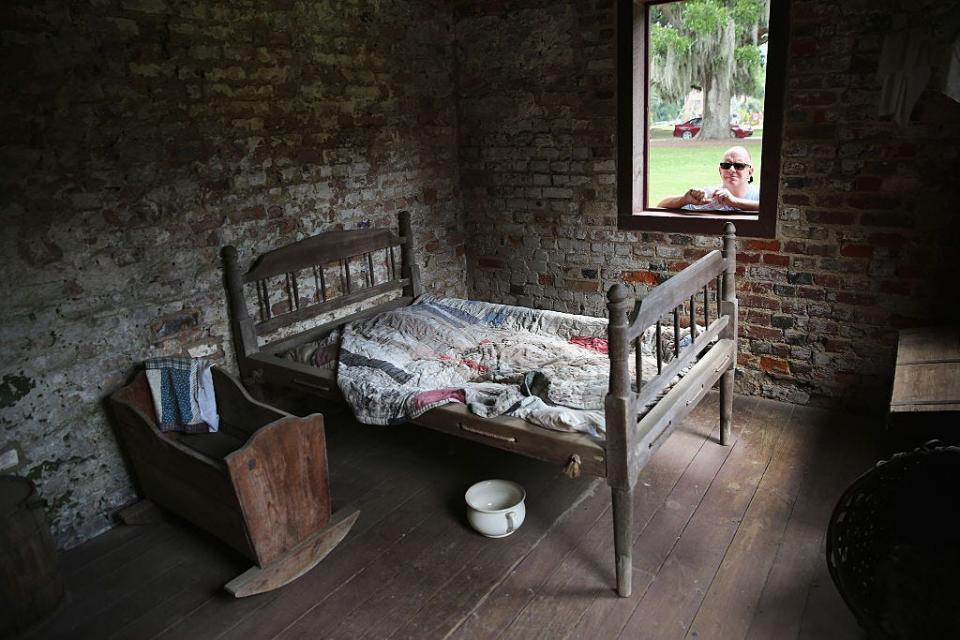
Of course, slavery wasn’t limited to plantations.
“I think there are loose ideas that Black enslavement was 'mostly' confined to agricultural plantations in certain parts of the deep South, or that enslaved people were either at their place of captive work or inhabiting some designated residence as a 'slave cabin' or 'slave quarters.'” Adderly said.
“Some people have no idea that the building that they went to yesterday was a former slave dwelling,” said Joseph McGill, a history consultant for Magnolia Plantation in South Carolina and founder and executive director of the Slave Dwelling Project.
He’s spent more than a dozen years visiting and spending the night in places where enslaved people lived, to draw attention to their continued existence in and out of plain sight.
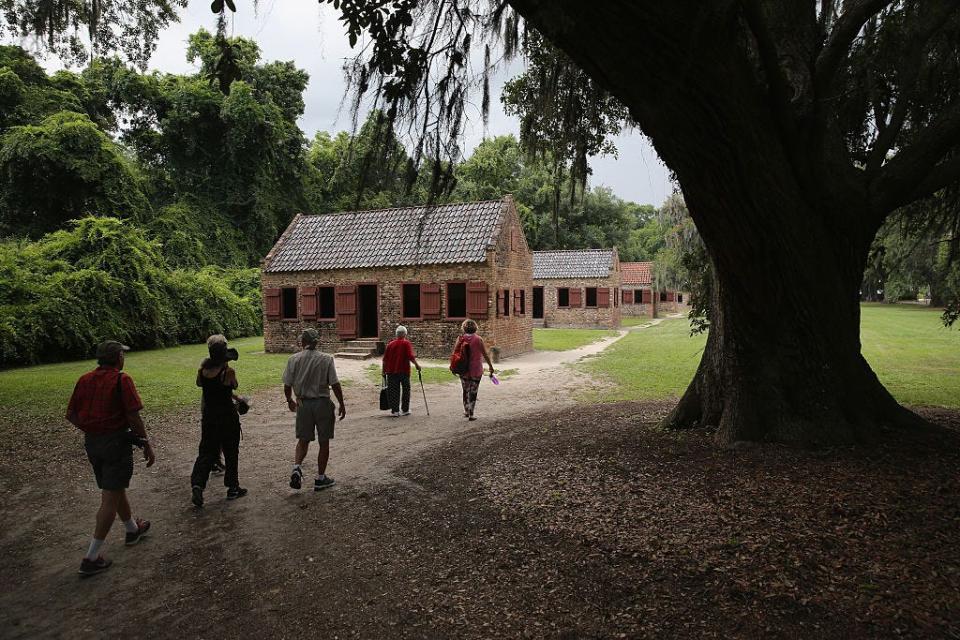
“If you go to any historic city, you're going to find a lot of slave dwellings being used as a lot of different things,” he said. ”I’ve come across some that have been used as man caves, she sheds, offices, pool houses. I think the worst I’ve come across is they used it as a restroom.” He wasn’t at all surprised by some being offered as Airbnbs, before the company disallowed the practice last summer.
McGill said early on he was adamant that these spaces be preserved solely for historic interpretation, but an experience with a Missouri homeowner changed his perspective.
“In our effort to bring her into our camp … she got so frustrated with us in the process that she tore it down,” he recalled. “So now it’s gone. It can’t be used for anything.”
While he still doesn’t agree with every use of the former dwellings, he said: "These are private properties, and we should allow these owners to do with these buildings as they wish. Now what I ask is the people who inhabited these places, their stories are told. But I think we can better tell those stories if the buildings exist."
Honoring the ancestors
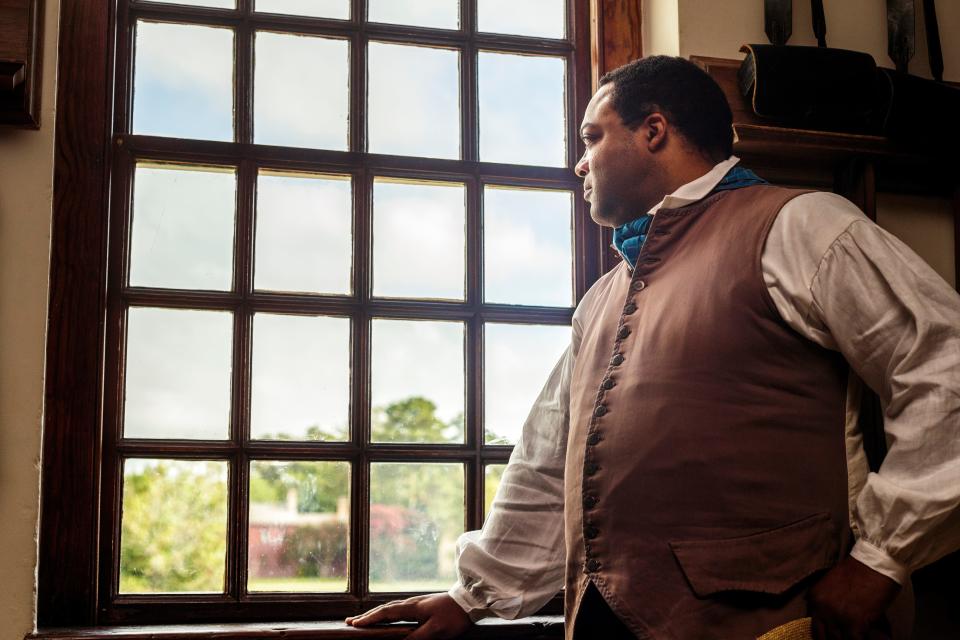
One place that both preserves that history and centers the voices of people who were enslaved is Colonial Williamsburg, which is offering free admission to its historic area on Juneteenth and a number of educational programs all year round.
“Our motto is that the future may learn from the past, and in order for the future to learn from the past, you have to represent the entire past,” said Stephen Seals, manager of Curated Programming for The Colonial Williamsburg Foundation. He noted that 52% of the city’s colonial population was Black and enslaved.
Seals portrays one such historic figure, James Armistead Lafayette, whose service to the Continental Army, while enslaved, helped ensure victory at the critical Battle of Yorktown during the Revolutionary War. At first, interpreting him was tough.
“I cried because I was like, oh my God, there's so much suffering that we still deal with today that I'm having to portray here, and I'm not OK,” Seals said. But a colleague told him something that still fuels him today.
"She said, 'Hold your head up high,'" he recalled. "She said, 'For so long, these people who we are portraying were not allowed to have a voice within society, and we are giving them a voice. We are honoring the ancestors by making sure that now people see them and see them as human beings. We are humanizing the dehumanized.' She said, 'that's an honor, and that's something that you should be very proud of,' and she was right. And I took that to heart."
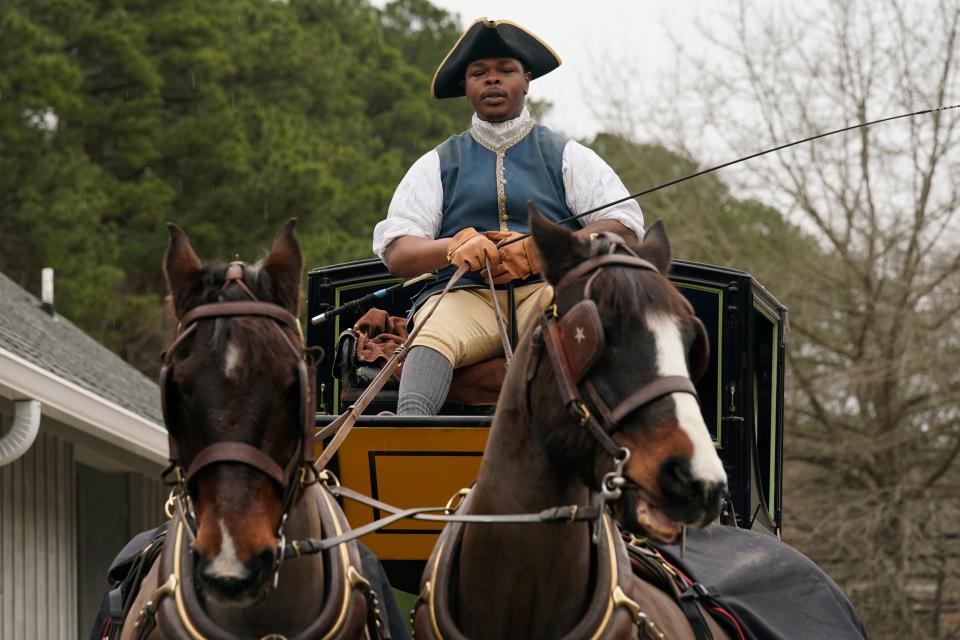
Among the questions visitors ask him, as Lafayette, is if it was better to be enslaved in the city than on a nearby plantation.
“It's not any better. It's just different,” Seals explained. “Because if you're in the house, you are serving the people that own you 24 hours a day, seven days a week. If you're working in the fields, yeah, you're working from sunup until sundown, but you usually have Sunday off.”
“It also means that you're living in proximity to the enslavers, to the people that own you, which means that it's much harder for you to be yourself,” he added. ”You're constantly being watched, and you're constantly having to check how you are and what you're doing because there's not really a way for you to get away from the people who own you.”
Seals said he’s had a wide range of reactions from visitors over the years. Some have gotten angry. Some have cried. He said others just didn’t know what to do after learning things weren’t as they had thought.
“As an interpreter, it's not my job to tell someone what to do, but it is my job to help give them the context to figure it out on their own or to help them have that conversation to figure it out,” he said. “That's hard to do. But, oh, is it rewarding when it works.”
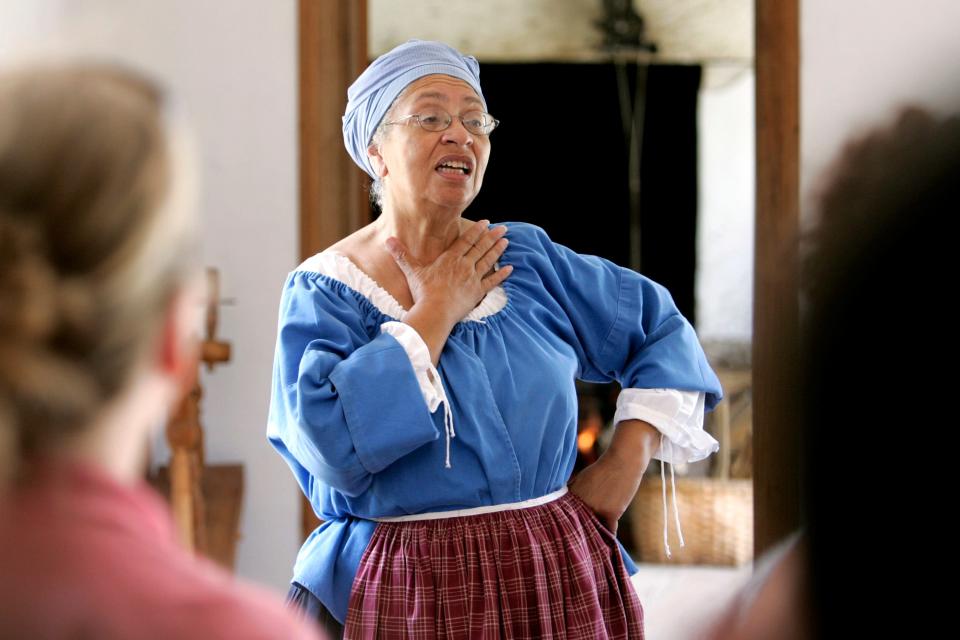
This article originally appeared on USA TODAY: Conscientious travel: What to know visiting sites tied to slavery

